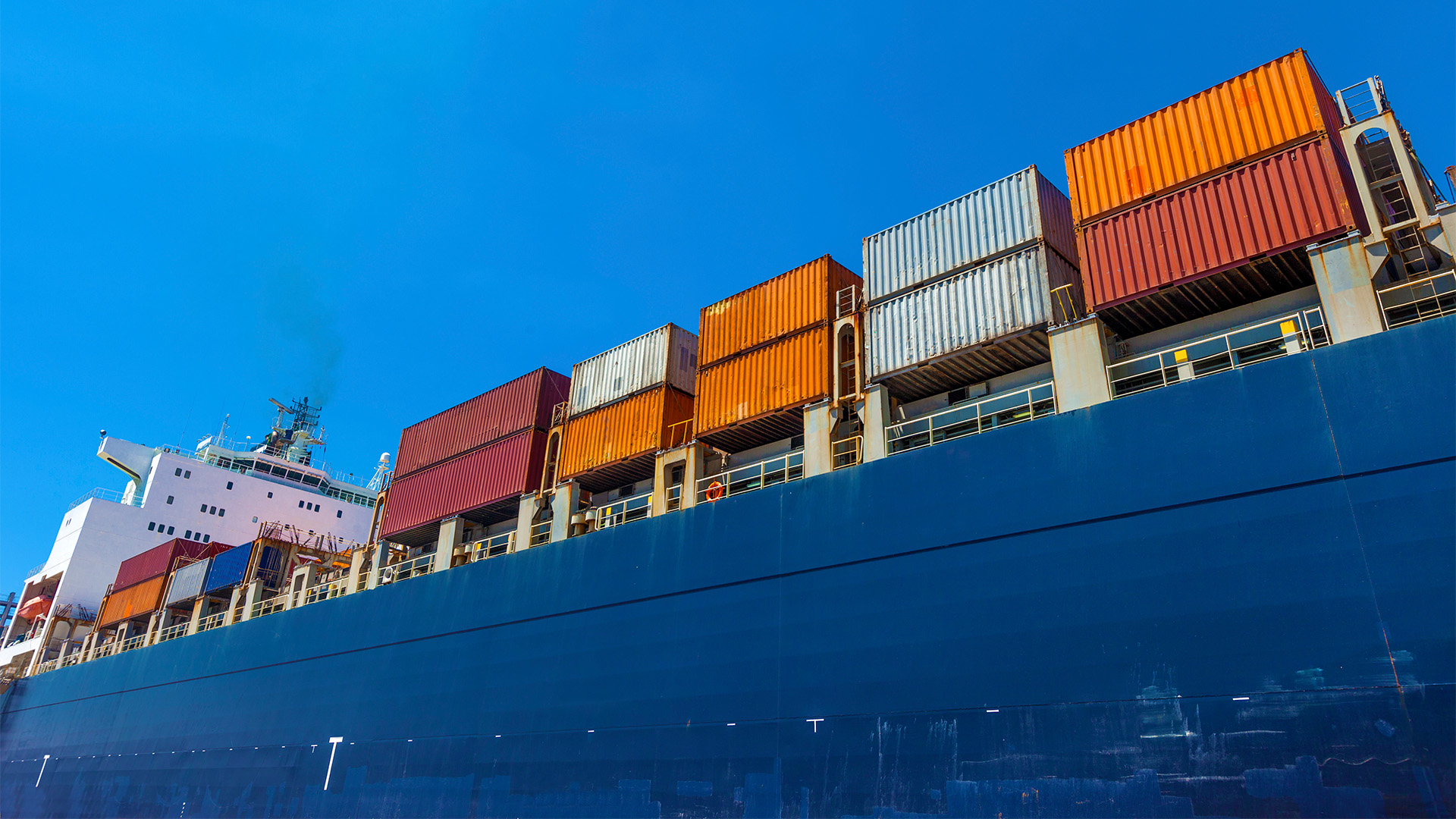
“MSC FLAMINIA”: Supreme Court clarifies application of the convention on limitation of Liability for Maritime Claims 1976
In early February 2025, more than 12 years after the casualty, the Supreme Court of the United Kingdom heard the final phase of arguments in the MSC FLAMINIA litigation saga.
Background
On 14 July 2012, while in mid-Atlantic en route from Charleston, South Carolina to Antwerp, Belgium, an explosion and subsequent fire occurred in cargo hold number 4 of the container ship “MSC FLAMINIA” (the “Vessel“). In addition to the tragic loss of life which occurred, the Owners and their insurers incurred substantial losses as a result.
Following an arbitration award in the region of US$ 200 million in favour of the Owners, MSC (the “Charterers“) sought to limit their liability pursuant to the 1976 Convention on Limitation of Liability for Maritime Claims (the “LLMC 1976“).
While Charterers accepted that some losses would not be limitable, they sought to limit liability for: (a) the costs of discharging and decontaminating the cargo; (b) the costs of removing firefighting water from the Vessel’s holds; (c) the payments made to national authorities for pollution prevention steps taken by them; and (d) the costs of removing the burnt waste material from the Vessel. Owners argued that none of the claims were limitable on the basis that the claims did not fall within the scope of Article 2.1 of the LLMC 1976.
High Court – “Single claim” analysis
The High Court rejected Owners’ argument that there was an implied distinction under the LLMC 1976 between “insiders” (being anyone within the definition of “shipowner” in Article 1.2 of the LLMC 1976) and “outsiders” (being any other person bringing a claim), preventing MSC from limiting its claims.
Nevertheless, it held that Owners’ claims could fairly be characterised as a “single claim” for damage to the Vessel and consequential loss resulting therefrom and therefore not a limitable loss within the language of Article 2.1 (applying CMA DJAKARTA). Importantly, the Admiralty Judge found as a fact that the expenses in question were incurred for the Vessel to be repaired (the logic being that all the material on board had to be removed and disposed of in order to allow the Vessel to be repaired).
Court of Appeal – Insider / Outsider
Charterers appealed that decision and Owners cross-appealed.
Following an appeal by Charterers, the “insider/outsider” argument was refined. It was contended that a charterer can limit its liability against a shipowner only in respect of liabilities that originate outside the group of entities that are defined as “shipowners” for the purposes of limitation, identified in Article 1.2.
The Court of Appeal accepted Owners’ submission and held that the LLMC 1976 was not intended to extend a charterer’s right to limit liability beyond what was already granted, which did not include claims by an owner, including in respect of losses suffered by the owner itself.
Supreme Court – the “Convention[al]” approach
Shortly after permission to appeal was granted, a universal settlement of all claims (in multiple jurisdictions) was concluded such that the commercial dispute between the parties was settled. However, given the importance of the issues under consideration, the Supreme Court agreed to allow the appeal to progress, notwithstanding the fact that the outcome would not impact the parties’ positions.
Faced with a scenario where the lower courts had reached the same result (Charterers cannot limit in respect of the Owners claims in this case), by way of very different routes, the Supreme Court went back to the text of the LLMC 1976 to address the two issues on appeal:
- Whether a charterer can limit its liability for claims by an owner in respect of losses originally suffered by the owner itself (“Issue 1“); and
- Whether any of Owners’ claims fall within Article 2.1 of the LLMC 1976 and, if so, whether the fact that they result from damage to the Vessel means that there is no right to limit (“Issue 2“).
Insider / outsider distinction is not supported by the language of the convention
After careful consideration the language of the LLMC 1976, with particular focus on what “claims” meant within Article 2.1, the Supreme Court (Lord Justice Hamblen with whom the other Justices agreed) found no justification for the distinction in treatment between “insiders” and “outsiders”.
The Court’s view was that to decide otherwise would require the word “claims” under Articles 1.1 and 2.1 to be read as containing an unstated bar on limitation which would be giving the word “claims” an unmerited gloss. Distinguishing between insiders and outsiders would also create an asymmetrical distinction among those falling within the definition of shipowners – something which was not apparent from the language of Article 1.2 of LLMC 1976, which treats all those defined as shipowners equally, without any suggestion of differential treatment.
The Court then turned to the issue of whether a charterer claiming the benefit of limitation through a fund intended to cover both the owner and charterer would lead to the absurd result of a party constituting a fund potentially paying out their own claim. The Court addressed this issue by reference to the CMA DJAKARTA and held that since claims for loss or damage to ship and consequential losses resulting therefrom are not limitable under Article 2.1(a), owners are already protected to a very significant extent against the alleged absurdity. In most cases, as borne out by the facts on this case, the majority of the costs incurred by owners would be in connection with loss or damage to the ship or consequential loss resulting therefrom and so would fall outside the scope of the limitation regime.
- Limitation under Article 2.1(a) – consequential loss
Charterers argued that the losses were consequential on damage to the cargo (the cargo explosion being the event which caused all subsequent damage to property).
The Court rejected Charterers’ submissions on the grounds that their analysis relied too much on causation when the matter in question is the nature and characterisation of the claim. The claim in the present case was for damage to the Vessel (and losses arising therefrom), not damage to the cargo, and therefore was not limitable under Article 2.1(a) (CMA DJAKARTA affirmed).
- Limitation under Article 2.1(f) – payments made in mitigation.
In relation to Owners’ payments to national authorities, the Court rejected Charterer’s submission that these were limitable since these costs did not relate to a limitable loss but were rather necessary payments to facilitate the repair of the Vessel. The same was held with respect to the removal of firefighting water with the court endorsing Males LJ’s approach in the Court of Appeal.
The Court agreed, however, obiter, that if a cost is incurred both to mitigate loss to the Vessel (not limitable) and loss to the cargo (limitable) it is not the subject of limitation unless the main or dominant purpose is to mitigate the loss to cargo.
- Limitation under Article 2.1(e)
The Supreme Court agreed with the Court of Appeal’s obiter that the costs incurred for the removal of the contaminated cargo would be a limitable loss under the Article 2.1(e). In so doing, it rejected Owners’ submission that Article 2.1(e) only applies to claims by a party not involved in the operation of the ship. The Court clarified that where the claim is considered loss or damage to the ship (or consequential loss resulting therefrom) it is only excluded under Article 2.1(a) on the basis of its interpretation and not for the whole of Article 2.1. With this in mind, where the LLMC 1976 makes a specific provision permitting the limitation of a certain category of loss, its exclusion from 2(1)(a) does not prevent it being limitable elsewhere.
HFW Comment
The arguments in the FLAMINIA limitation action have covered a lot of ground, and it has been interesting to see the lower courts construe the language of the LLMC 1976 to reach the same conclusion (Owners’ claims were not limitable) by very different routes.
The certainty of the Supreme Court’s decision is welcomed. While claims for loss of or damage to the Vessel (or consequential losses resulting therefrom) are not limitable under Article 2.1(a), they may still be limited if they fit within the specific provisions of Article 2.1.
The ability to limit each claim will depend on its characterisation and the specific circumstances of the case.
HFW acted for the Owners in this long running matter, assisted in the Limitation proceedings by Chris Smith KC and David Walsh KC, both of Essex Court Chambers. Vivienne Pitroff, Consultant, London, was part of the matter team. Additional research was undertaken by Manos Panagopoulos, Trainee Solicitor, London.







